Disclosure: This article contains affiliate links. We may earn a commission from purchases at no extra cost to you, which helps our travel content.
There's something about the open road that speaks to the soul—whether it's the endless highways of America I've traversed in my Peterbilt or the rugged tracks cutting through Tanzania's savanna. The difference? Instead of hauling freight, I was pursuing something far more precious: moments of wild perfection in one of Earth's most spectacular natural amphitheaters. After years of saving my grandfather's inheritance for experiences that matter, I finally pointed my compass toward the Ngorongoro Crater—a place where luxury meets raw wilderness in a dance as old as time itself. This massive volcanic caldera cradles an ecosystem so diverse and concentrated that locals call it 'Africa's Eden.' And let me tell you, after a week here during Tanzania's green season, that description doesn't even begin to do it justice.
The Cathedral of the Wild
As a man who's spent countless Sunday layovers seeking out historic churches across America, I've developed an eye for sacred spaces. But nothing—not the soaring arches of Barcelona's Sagrada Familia nor the gilded domes of Vienna's cathedrals—prepared me for the spiritual magnitude of the Ngorongoro Crater.
Descending the crater's steep walls at dawn feels like entering nature's own cathedral. The morning mist hangs like incense in the air, while the vast caldera floor stretches out like a sanctuary floor 2,000 feet below. At nearly 100 square miles, this collapsed volcanic cone creates a natural enclosure that's home to some 25,000 large animals.
I stayed at the luxury lodge perched right on the crater's rim—a decision that initially made my truck driver sensibilities balk at the price tag. But waking up to that panoramic view, with nothing between you and creation but glass and air? Worth every penny saved from those long hauls across Nevada. The lodge blends African architecture with baroque elegance—imagine if Antoni Gaudí designed a luxury treehouse with butler service.
Each morning, I'd sip Tanzanian coffee on my private deck, watching the play of light transform the crater from inky darkness to watercolor pastels. It reminded me of those predawn moments on the interstate when the world belongs only to truckers and dreamers—except here, the highway was a game trail and the passing traffic was elephants and buffalo moving in silhouette against the awakening sky.
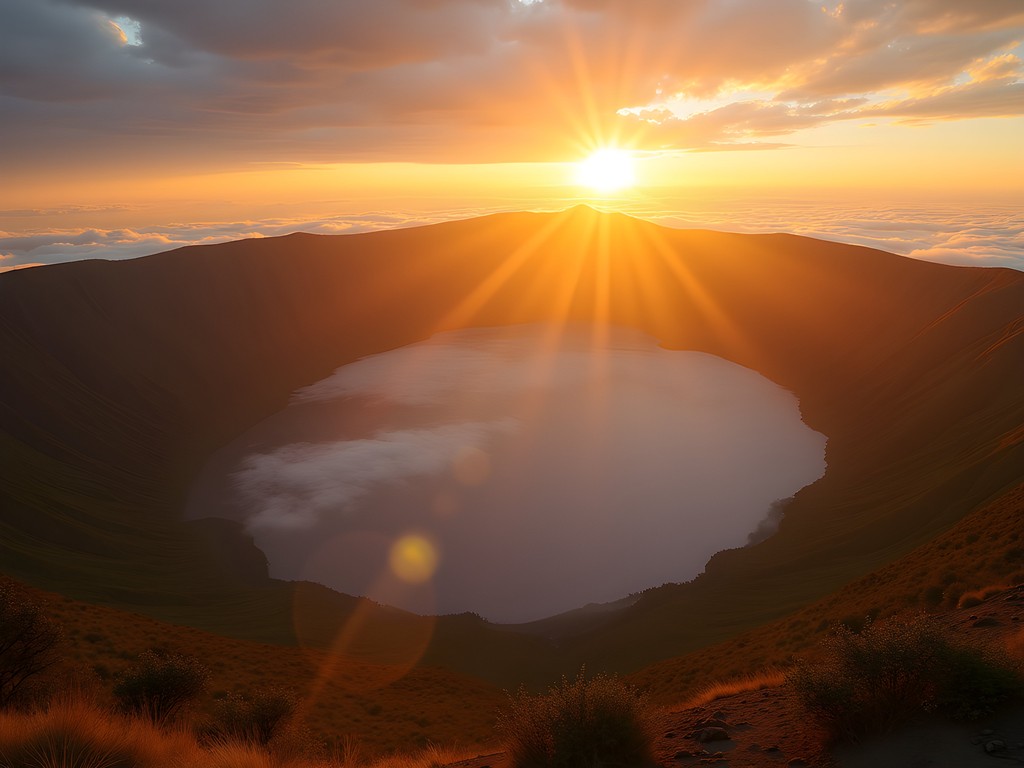
💡 Pro Tips
- Book a room on the crater rim for sunrise views worth the extra cost
- Bring a good pair of binoculars for wildlife viewing from your lodge
- Ask your lodge about packed breakfasts so you can head into the crater at first light
The Symphony of the Savanna
For a man who's spent half his life with one ear tuned to the rumble of a diesel engine and the other seeking out live music venues from Nashville to New Orleans, Tanzania offered a soundtrack unlike any I've experienced. The Ngorongoro Crater is a concert hall of natural acoustics, where each species plays its part in an ancient composition.
My guide Joseph, a Maasai man with twenty years of safari experience, taught me to listen first and look second. "The animals will tell you where to point your camera," he said on our first game drive. He wasn't wrong. The warning calls of guinea fowl led us to a serval cat stalking through tall grass. The thunderous bass note of elephants communicating through infrasound vibrated in my chest before the herd appeared on the horizon.
I'd brought my wildlife photography setup with a serious telephoto lens—another investment from my grandfather's inheritance that's paid dividends in memories. But capturing the sound was just as important to me. I recorded snippets on my phone: the whooping calls of hyenas at dusk, the surprisingly delicate chirps between massive hippos, the distant roar of a lion that silenced every other voice on the savanna.
One evening, we parked near a watering hole as the sun began its descent. Joseph cut the engine, and we sat in silence. Zebras approached cautiously, their stripes golden in the fading light. A family of warthogs trotted in, tails held high like antennas. Birds I couldn't name called their evening songs. It reminded me of those perfect moments before a concert begins—the orchestra warming up, the audience settling in, the anticipation of something magnificent about to unfold.

💡 Pro Tips
- Invest in a quality zoom lens (at least 200mm) for wildlife photography
- Record audio of the wildlife sounds—they're as memorable as the visuals
- Ask your guide about animal communication and learn to recognize warning calls
The Big Five and Beyond
Before driving trucks, I spent years working construction, where we had our "big five" essential tools. In Tanzania, the "Big Five" means something altogether different: lion, leopard, rhino, elephant, and buffalo—the animals colonial hunters found most dangerous to track on foot. Today, the only shooting I do is with a camera, and Ngorongoro offers one of the best chances in Africa to capture all five in a single day.
The crater's confined ecosystem means wildlife concentrations are incredibly dense. Unlike the vast Serengeti where animals migrate across endless plains, here they're all performing on a single stage. It's like comparing a stadium tour to an intimate club venue—both have their magic, but there's something special about the immediacy of the latter.
We spotted our first pride of lions before 9 AM—a mother and three nearly-grown cubs lounging on a termite mound. By noon, we'd added elephants (a bachelor herd of bulls cooling off in a marsh) and cape buffalo (hundreds strong, their curved horns like musical notes scattered across the grasslands).
The leopard proved more elusive—they always do. Joseph spotted one draped over an acacia branch like a forgotten melody, nearly invisible until it moved. I'd have driven right past it, the same way I sometimes miss exits after too many hours on the interstate.
The rhinos were last, and most precious. With fewer than 30 black rhinos left in the crater, seeing one crossing the plain in the afternoon light felt like witnessing a walking miracle. My telephoto lens earned its keep in that moment, letting me capture details of the rhino's skin and horn without disturbing its peaceful grazing.
But beyond the famous five were countless other wonders: hyenas caring for cubs outside their den; a secretary bird stomping on a snake; flamingos turning a soda lake pink in the distance. After years of appreciating the craftsmanship in Europe's grand churches, I found myself equally moved by the intricate design of a dung beetle rolling its perfect sphere across our path.
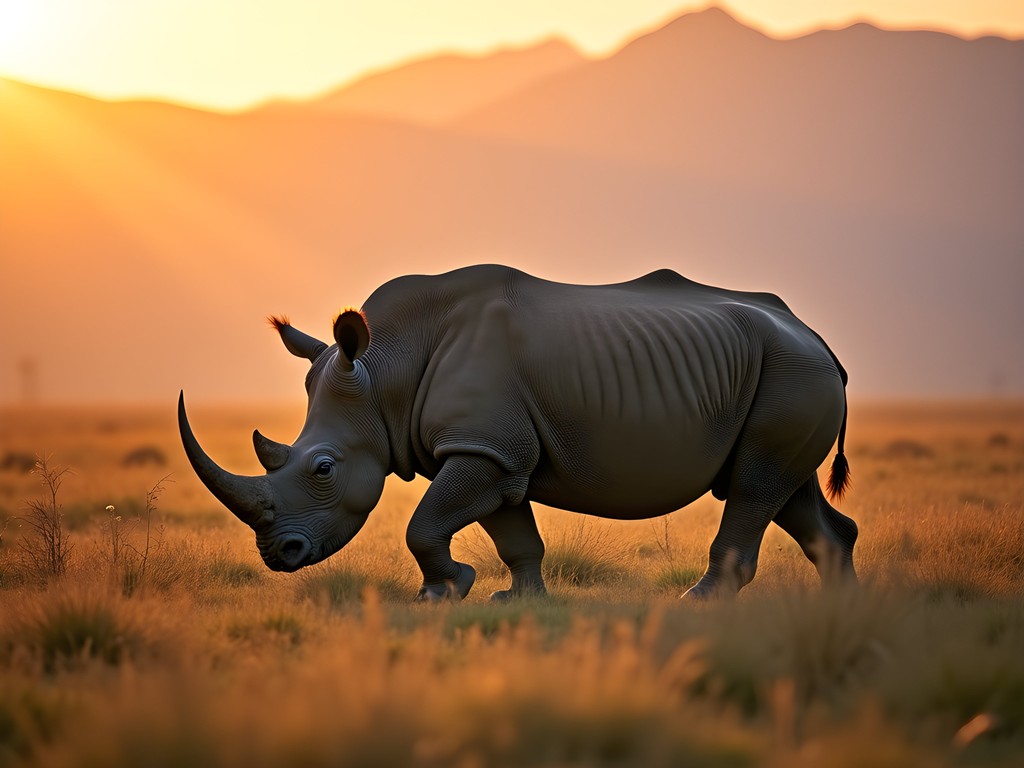
💡 Pro Tips
- Early morning and late afternoon offer the best light for photography and active wildlife
- Don't focus exclusively on the Big Five—some of the most interesting behaviors come from smaller animals
- Bring a camera with good low-light capabilities for dawn and dusk sightings
Cultural Crossroads: The Maasai Connection
As someone who's driven through countless American communities—from Bible Belt towns to coastal enclaves—I've developed an appreciation for how people adapt to their environments. The Maasai people have coexisted with Ngorongoro's wildlife for centuries, and their relationship with this land adds another dimension to the safari experience.
Through my lodge, I arranged a cultural visit to a nearby Maasai village. Not the tourist-trap variety where performances feel as authentic as a roadside attraction, but a genuine engagement arranged through community tourism initiatives. My guide Jacob was born in the village and returned after university to help his community benefit from tourism while preserving their traditions.
The Maasai men demonstrated their famous jumping dance, leaping straight up from standing positions in a display of warrior prowess. When they invited visitors to join, I gave it my best shot—much to everyone's amusement. After years of climbing in and out of a truck cab, my vertical leap isn't what it used to be.
What struck me most was their musical tradition. The rhythmic chanting created harmonies that reminded me of gospel choirs in southern churches I've visited during Sunday layovers. I recorded some of it on my portable recorder, which I originally bought for capturing pipe organ music in historic churches. The women's beadwork showed craftsmanship that would impress any artisan—intricate patterns passed down through generations.
Jacob explained how the Maasai have adapted their traditional pastoralist lifestyle to conservation requirements in the protected area. It's a delicate balance between preserving wildlife and respecting cultural heritage—not unlike the challenges facing historic music venues in American cities being swallowed by development. The authenticity of both requires conscious protection.
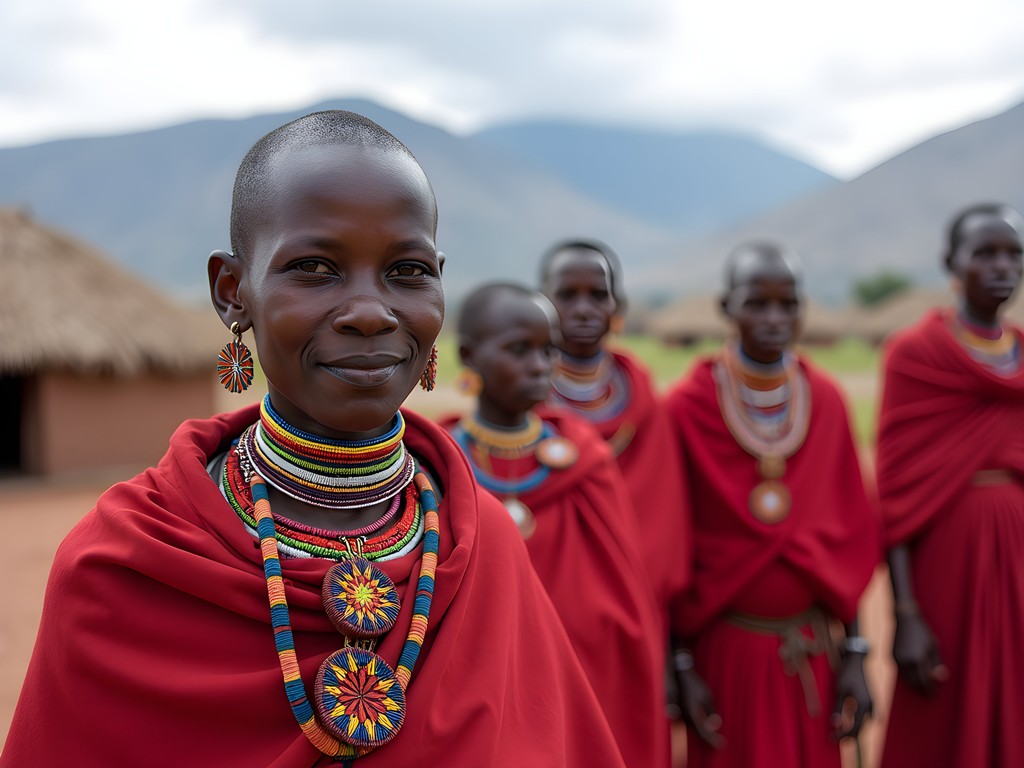
💡 Pro Tips
- Research ethical cultural tourism options before booking
- Bring small US bills if you want to purchase handmade Maasai crafts directly from artisans
- Learn a few basic Swahili greetings—they're appreciated even if your pronunciation isn't perfect
Luxury in the Wilderness: The Safari Lodge Experience
After twelve years of truck stop showers and roadside motels, I've developed a deep appreciation for life's finer comforts when I travel. The safari lodges around Ngorongoro offer luxury that would make a five-star hotel blush—but with a distinctly African character that keeps you connected to the wild.
I split my week between two properties: three nights at the crater rim and three at a tented camp in the nearby highlands. The rim lodge offered dramatic views and quick access to the crater floor, while the tented camp provided a more immersive experience with the sounds of the bush surrounding you at night.
The tents at luxury safari camp redefined my concept of canvas accommodations. Forget the pup tents of my youth—these featured hardwood floors, four-poster beds draped in mosquito netting, en-suite bathrooms with hot showers, and private decks. Yet the canvas walls meant you never forgot where you were. One night, I fell asleep to the distant whooping of hyenas and woke to the dawn chorus of birds just outside my tent.
The food at both lodges showcased local ingredients prepared with international flair. After a morning game drive, we'd return to multi-course brunches served on panoramic terraces. Evenings began with sundowners around the campfire—that first sip of Amarula liqueur or Tanzanian gin while watching the sunset over the highlands is a ritual I've tried to recreate at home, but something essential is missing without that African horizon.
What truly elevated the experience was the staff. Like the best roadhouses I've discovered on America's backroads—where the music is authentic and the welcome genuine—these lodges were staffed by people who took pride in sharing their homeland. My butler at the crater lodge, Emmanuel, seemed to anticipate needs I didn't know I had. When he learned of my interest in church architecture, he arranged for the lodge manager (who happened to be an amateur historian) to show me photos of the German colonial churches built in Arusha in the early 1900s.
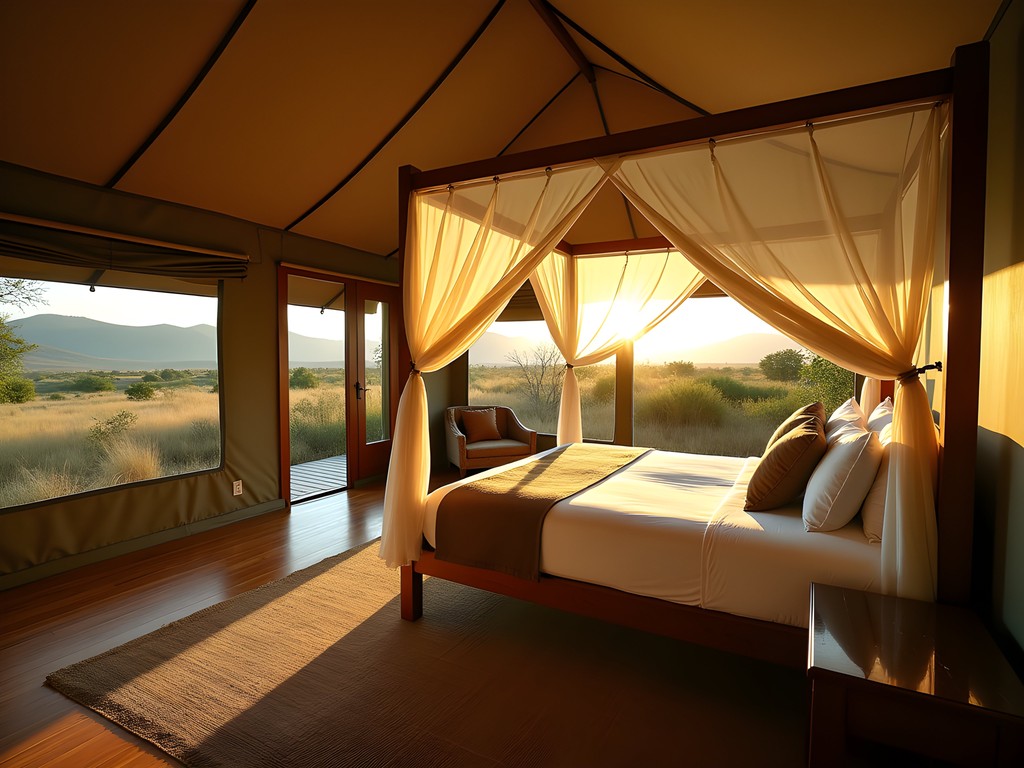
💡 Pro Tips
- Pack layers for cool evenings—temperatures drop significantly after sunset
- Bring a universal power adapter with surge protection for charging camera equipment
- Take advantage of laundry services at the lodges to pack lighter
Final Thoughts
As I packed my camera gear on the final morning, watching elephants traverse the crater floor through my binoculars one last time, I couldn't help but reflect on the journey that brought me here. From the cab of a Peterbilt to the seat of a Land Cruiser—both vehicles carrying me toward horizons I needed to see. The Ngorongoro Crater offers a rare combination of concentrated wildlife, breathtaking landscapes, cultural richness, and luxurious comfort that makes it worth every penny saved and mile traveled. Like the perfect fusion of a cathedral's reverent silence and a music venue's vibrant energy, it speaks to both the soul's need for wonder and the heart's desire for connection. Whether you're a wildlife enthusiast, a photography buff, or simply someone seeking experiences that transcend the ordinary, Tanzania's natural amphitheater deserves its place on your map. The open road calls us all differently—this one leads to Africa's Eden, and I can promise the journey changes you in ways no ordinary vacation ever could.
✨ Key Takeaways
- Ngorongoro Crater offers one of the world's most concentrated wildlife viewing experiences with all Big Five animals possible in a single day
- Staying at lodges on the crater rim provides unparalleled views and early access to the crater floor before day visitors arrive
- Combining wildlife experiences with authentic Maasai cultural interactions creates a more meaningful safari experience
- The green season (November-April) offers fewer crowds and lush landscapes, though wildlife can be slightly more dispersed
📋 Practical Information
Best Time to Visit
December-February (short dry season) or June-October (long dry season)
Budget Estimate
$800-1,200 per person per day including luxury accommodation, private guide, and park fees
Recommended Duration
3-4 days at Ngorongoro as part of a longer Tanzania safari
Difficulty Level
Moderate (Early Mornings, Some Bumpy Roads, But Comfortable Accommodations)

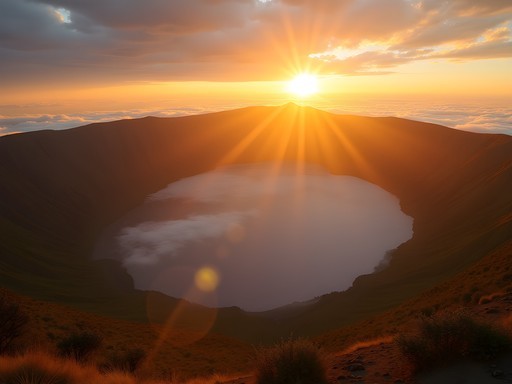
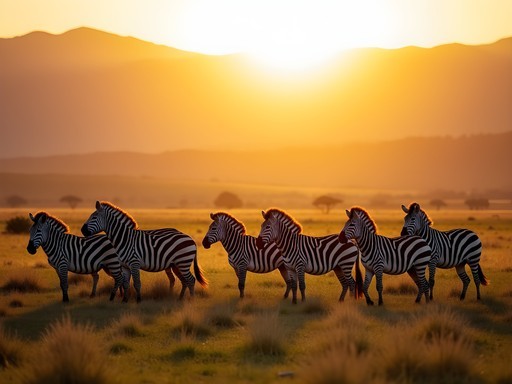
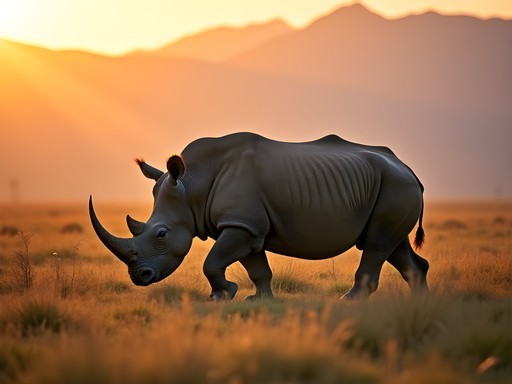

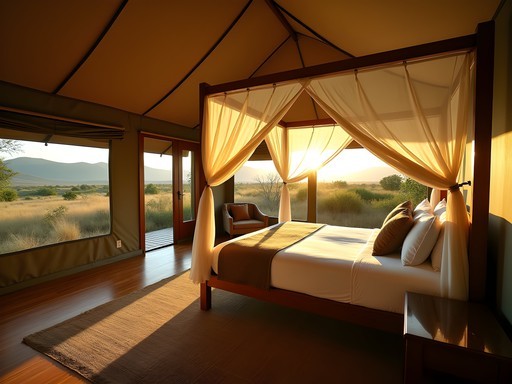



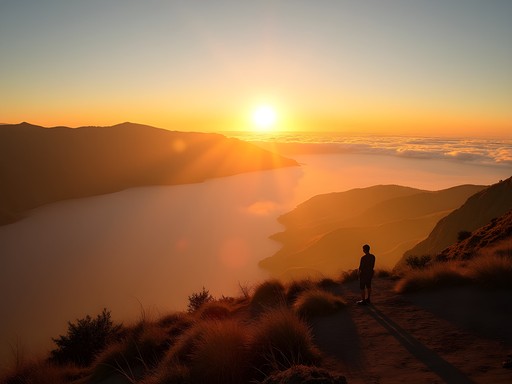






Comments
Hunter Thompson
Coming back to this post for inspiration as I'm planning another Tanzania trip! Carter, your section about the Maasai connection has me thinking about spending more time with the local communities this time around. Did you arrange your cultural visit through your safari company or separately? Any recommendations for respectful cultural exchanges?
Carter Ruiz
Hey Hunter! Our safari company arranged it, but I'd recommend finding smaller community-based tourism initiatives rather than the more commercial village visits. Our guide introduced us to his cousin's family which made it much more authentic. Happy to DM you some contacts!
Hunter Thompson
That would be brilliant, cheers mate! Looking for exactly that kind of authentic experience.
JasonW
Just got back from Ngorongoro last week and your post brought all those feelings rushing back! The way you described the 'Symphony of the Savanna' is exactly how it felt - all those sounds creating this perfect natural orchestra. We had a close encounter with a lioness and her cubs that I'll never forget. Our guide Francis was incredible at spotting wildlife we would've completely missed. The crater feels like stepping into another world, doesn't it? Did you make it to the hippo pool? That was unexpectedly one of my favorite spots!
Carter Ruiz
Thanks for sharing, Jason! Yes, the hippo pool was amazing - spent almost an hour just watching their antics. Your lion cub sighting sounds incredible! Guides like Francis make all the difference.
islandbackpacker4232
Those rhino photos are incredible! Bucket list destination for sure.
TravelBug_Emma
That rhino shot is incredible! They're so rare to spot!
WanderingSoul
Going there in September! How many days would you recommend staying? And did you stay at lodges on the rim or down in the crater?
Carter Ruiz
I'd recommend at least 3 days - 2 full days in the crater and 1 day exploring the rim/Maasai villages. We stayed at a lodge on the rim - the sunrise views are worth the splurge! No accommodations inside the crater itself, but some are very close to the entrance.
Hunter Thompson
Mate, your description of the Ngorongoro as 'Cathedral of the Wild' is SPOT ON! I was there last year and that first view looking down into the crater literally took my breath away. Something spiritual about it, right? Your Maasai connection section really resonated with me too - I spent two days with a local family and it completely changed my perspective. Did you try the traditional jumping dance? I was rubbish at it but the kids found it hilarious! 😂 One tip for anyone heading there - don't rush it. We did three full days in the crater area and it was perfect. Also worth noting that mornings are COLD (I wasn't prepared!) but my packable down jacket was an absolute lifesaver for those dawn game drives.
Carter Ruiz
Thanks Hunter! Yeah, that first view into the crater is something I'll never forget. And yes! I tried the jumping dance - turns out truck drivers aren't naturally gifted at it, haha. Great tip about the cold mornings - I was shivering on our first drive out!
SafariDreamer92
How was the photography down there? Heading to Tanzania next month and debating which lenses to bring.
Carter Ruiz
The photography conditions are fantastic! I used a 70-200mm most of the time, but honestly, the animals get so close that even a 50mm worked for many shots. The light in early morning is magical - soft golden glow across the crater floor.
blueguy
Those Big Five shots are incredible! Did you really see all of them in one day?
Carter Ruiz
Thanks! Yes, we got incredibly lucky - saw all five within about 8 hours. The crater's density of wildlife is just mind-blowing. Our guide said it doesn't happen for everyone though!
blueguy
Man, that's awesome. Adding this to my bucket list for sure!
escapepro
Thinking of going in January - is that a good time or should I wait for another season?
Jean Wells
January is actually excellent - short rains have ended, vegetation is lush, and many animals have newborns. Temperatures are moderate too. Just book accommodations early as it's popular.
Stephanie Romano
Carter, your post brought back wonderful memories of our family trip to Ngorongoro last year! My kids still talk about the moment a pride of lions walked right past our vehicle - their eyes wide with a mixture of fear and wonder. We also stayed at a lodge on the crater rim and that sunrise view you described is exactly right - like watching the world wake up from the beginning of time. For families considering this trip: our kids (8 and 11) handled the early mornings surprisingly well because of the excitement. The cultural visit to a Maasai village was actually their favorite part - learning to jump with the warriors and making beaded bracelets. Did you try the traditional honey beer during your Maasai visit? Our guide offered it and my husband was brave enough to try!
backpackdiver
What camera gear did you use for those wildlife shots? They're incredible!
Carter Ruiz
Thanks! I used my Canon EOS R5 with a 100-500mm lens for most wildlife shots. The binoculars were also essential for spotting animals at a distance before setting up shots.
Venture X
Premium card with 2X miles, $300 travel credit, Priority Pass